Silla Arts and Science Museum (신라역사과학관)
9.1Km 27594 2023-04-07
33, Hadonggongyechon-gil, Gyeongju-si, Gyeongsangbuk-do
+82-54-745-4998
Silla Arts and Science Museum, opened in 1988, displays miniature models of scientific cultural assets in order to explore and educate how these assets are formed and preserved.
Yongsan Sashimi Restaurant (용산회식당)
9.2Km 5070 2024-03-04
112 Poseok-ro, Naenam-myeon, Gyeongju-si, Gyeongsangbuk-do
054-748-2119
Situated near Cheollyongsa Temple in Gyeongju, Yongsan Hoe Restaurant is exclusively dedicated to hoedeopbap (raw fish bibimbap). Customers are served a generous portion of hoe (raw fish) over rice in a large brass bowl. The topping's hoe is freshly mixed with the catch of the day, varying seasonally with options like herring, grey mullet, gizzard shad, and plaice, all sourced from Guryongpo Port in Pohang. Due to its popularity, there is often a waiting line, so obtaining a numbered ticket to queue is recommended.
Gyongju Folk Craft Village (경주민속공예촌)
9.2Km 34878 2024-02-27
230 Bobul-ro, Gyeongju-si, Gyeongsangbuk-do
Gyeongju Folk Craft Village, nestled at the foot of Tohamsan Mountain in Gyeongju, is a traditional folk craft village consisting of around fourty Korean traditional houses including thatched-roof and tiled-roof houses. Skilled artisans proficient in traditional arts and crafts gather here to produce and sell ceramics, woodcrafts, jewelry, hanbok, stone crafts, and more. Visitors can also participate in hands-on crafting experiences. The village's Silla Art and Science Museum showcases artifacts from the Silla dynasty, while nearby attractions include the Bomun Tourist Complex, Bulguksa Temple, and Seokguram Grotto.
GyeongjuCheonnyeonhanok Pension (경주천년한옥펜션)
9.3Km 9165 2024-08-01
86-61 , Sidong-ro, Gyeongju-si, Gyeongsangbuk-do
+82-10-9898-3995
Cheonnyeon Hanok Pension in Gyeongju, Gyeongsangbuk-do, is a modern two-storey hanok built of pinewood and red clay, and equipped with geothermal heating and double doors to keep out drafts. Rooms have individual toilets and cooking facilities, and there is a spacious yard where children can play and grown-ups can experience folk games such as Tuho and Jegichagi. There are fine views of Joyang Reservoir and Tohamsan Mountain, and an inviting pine forest trail next to the house. Nearby tourist attractions include Seokguram Grotto and Bulguksa Temple.
Moda Outlet - Gyeongju Branch (No. 1) [Tax Refund Shop] (모다아울렛 경주1점)
9.5Km 0 2024-04-18
4930, Saneop-ro, Cheonbuk-myeon, Gyeongju-si, Gyeongsangbuk-do
-
Moda Outlet - Gyeongju Branch (No. 3) [Tax Refund Shop] (모다아울렛 경주3점)
9.7Km 0 2024-04-22
4954-1, Saneop-ro, Cheonbuk-myeon, Gyeongju-si, Gyeongsangbuk-do
-
Cheonggong [Korea Quality] / 청공한옥 [한국관광 품질인증]
9.8Km 9380 2020-09-08
5-6, Igu 2-gil, Gyeongju-si, Gyeongsangbuk-do
+82-10-4577-5223
Cheonggong Hanok is a mere 10 minutes away from Bulguksa Station (Donghae Line) on foot. The two traditional Hanok buildings house 10 rooms. Once you enter the main gate, the harmonious scene of a big grassy yard, a very old pine tree, a small pond, and the graceful Hanok buildings welcomes you. The garden looks a bit exotic, but there is a back story to it. The first architect of the house did business in Japan with his wife living alone in Gyeongju but regretted not having spent a long time with her; thus, he came back to Korea, built the biggest house possible, and lived with his wife for the rest of his life. Afterward, his descendants took over it, named it after the architect, Cheonggong, and opened it as a Hanok stay. That is how the space where Korea’s traditional Hanok and Japanese garden were put together by the Korean architect who did an extended stint in Japan came to be. The table used by the couple is preserved in the garden for guests to look at. Although it is a traditional Hanok, every room is equipped with a TV, a refrigerator, an air-conditioner, and a bathroom to make the space comfortable to stay even for children.
GUTORAN (구토란펜션)
10.3Km 782 2024-08-01
17-25 , Gwigye-gil, Gyeongju-si, Gyeongsangbuk-do
+82-54-746-4847, +82-10-3520-9576
Gutoran is a hanok pension in Naenam-Myeon, Gyeongju, Gyeongsangbuk-do, owned by a ceramic artist who has hand-painted and decorated the house with his own roof tiles and pottery. In front of the house is a garden and lotus pond, also decorated with ceramic works. Nearby is the owners’ pottery workshop called (‘Gutoranyo’) where visitors can take part in ceramic classes.
Kolon Hotel Gyeongju (코오롱호텔)
10.8Km 16302 2021-04-15
289-17, Bulguk-ro, Gyeongju-si, Gyeongsangbuk-do
+82-54-746-9001
Kolon Hotel Gyeongju is located in front of Bulguksa Temple, one of the world’s top ten historic sites. The building features arch-shaped fortress wall with spacious areas, designed with both traditional and modern elements. As a recuperation hotel, it houses a spa using sodium bicarbonate water, and a 9-hole public golf course. It offers a cozy ambience and sincere service with varied facilities including pleasant guestrooms viewing the sunrise of Tohamsan Mountain, sports facilities for golf, swimming, jogging and spas. It is the only premium-class hotel in Gyeongju to have hot spring spa facilities. The lobby on the third floor is famous for the lounge where people can enjoy the panoramic scenery of Tohamsan Mountain while relaxing, as well as a coffee shop serving various drinks and a luncheon over live music.
Gyeongju Bulguksa Temple [UNESCO World Heritage] (경주 불국사 [유네스코 세계문화유산])
11.6Km 241163 2023-01-03
385, Bulguk-ro, Gyeongju-si, Gyeongsangbuk-do
+82-54-746-9913
Bulguksa Temple is a representative relic of Buddhist culture from the Silla kingdom. The temple was built during the 15th year of King Beopheung's reign (514-540) to wish for peace and prosperity for all. It was later rebuilt in 751 by Kim Dae-seong. Unfortunately, the temple caught fire during the Imjin War (1592-1598). After the war, the temple suffered serious damage and was often the target of theft.
Starting in 1920, the temple has undergone continual restoration work. The temple now holds seven national treasures and a number of additional important heritages and was designated a World Cultural Heritage Site along with the nearby Seokguram Grotto by UNESCO in December 1995.
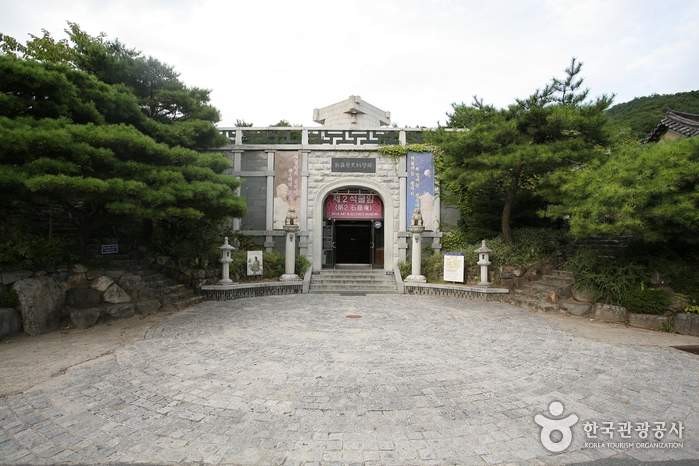

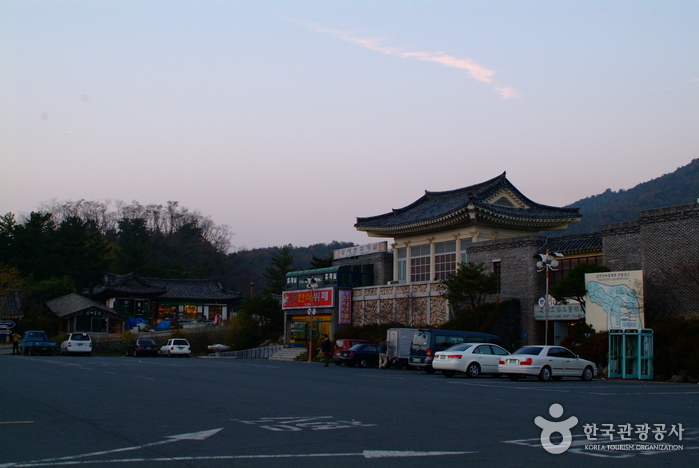
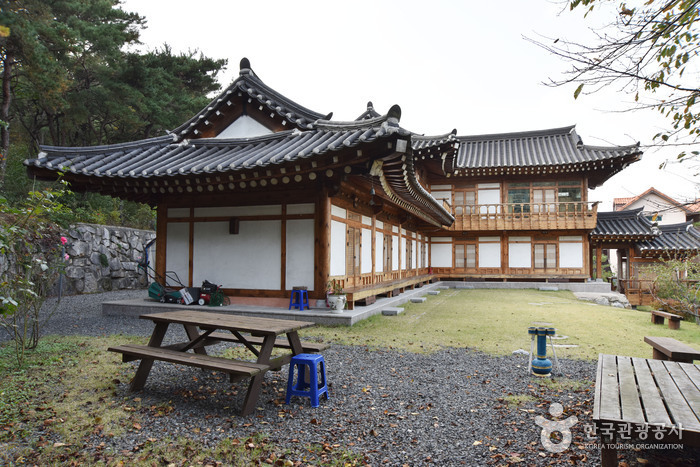
![Moda Outlet - Gyeongju Branch (No. 1) [Tax Refund Shop] (모다아울렛 경주1점)](http://tong.visitkorea.or.kr/cms/resource/37/2883737_image2_1.jpg)
![Moda Outlet - Gyeongju Branch (No. 3) [Tax Refund Shop] (모다아울렛 경주3점)](http://tong.visitkorea.or.kr/cms/resource/35/2883735_image2_1.jpg)
![Cheonggong [Korea Quality] / 청공한옥 [한국관광 품질인증]](http://tong.visitkorea.or.kr/cms/resource/69/2637169_image2_1.jpg)
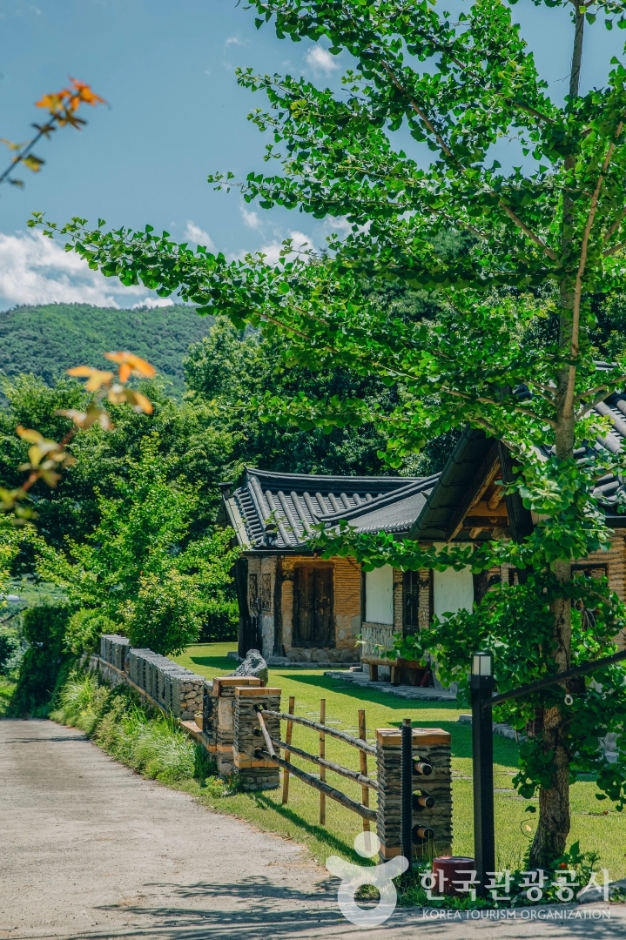
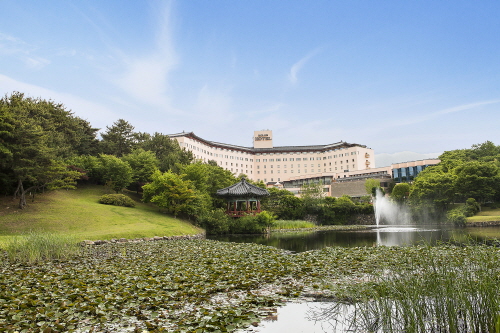
 English
English
 한국어
한국어 日本語
日本語 中文(简体)
中文(简体) Deutsch
Deutsch Français
Français Español
Español Русский
Русский